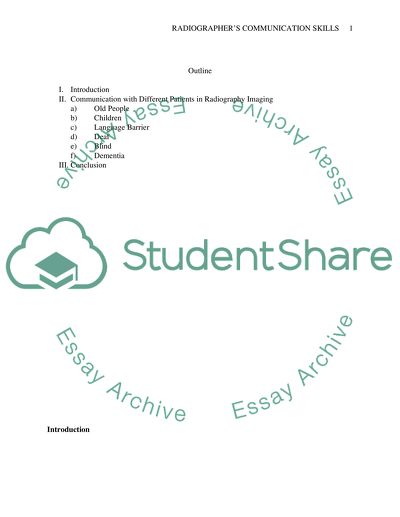Cite this document
(“Good Communication Skills are Essential for Radiographer Imaging a Essay”, n.d.)
Retrieved from https://studentshare.org/health-sciences-medicine/1446996-paper-subject-radiography-title-good-communication
Retrieved from https://studentshare.org/health-sciences-medicine/1446996-paper-subject-radiography-title-good-communication
(Good Communication Skills Are Essential for Radiographer Imaging a Essay)
https://studentshare.org/health-sciences-medicine/1446996-paper-subject-radiography-title-good-communication.
https://studentshare.org/health-sciences-medicine/1446996-paper-subject-radiography-title-good-communication.
“Good Communication Skills Are Essential for Radiographer Imaging a Essay”, n.d. https://studentshare.org/health-sciences-medicine/1446996-paper-subject-radiography-title-good-communication.


